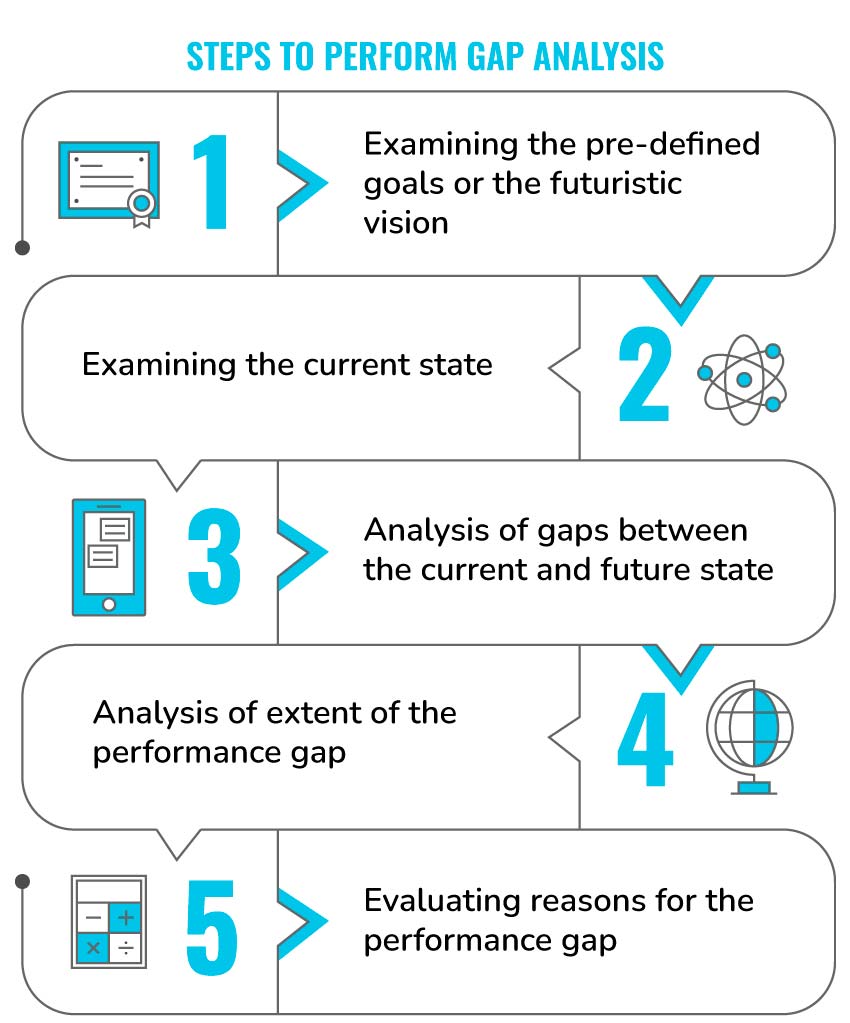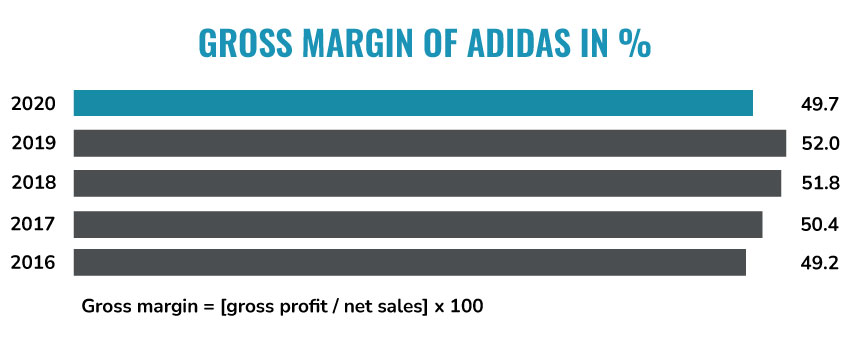Table of Content
Introduction to Gap Analysis
Gap Analysis is an important strategic tool that the organization uses to analyze gaps between the target as well as anticipated results. The Strategic Gap Analysis helps the organization to determine the specific steps that the organization needs to adapt to achieve a particular goal. The use of this model allows the organizations to compare their current position with the organizational goals and then to determine various ways to bridge that gap.
The Strategic Gap Analysis involves the examination of the current performance of the organization considering the future state of the organization. The Gap Analysis is an important tool for strategic planning that helps in comparing where the organization is now, where the organization wants to be and how to bridge the gap between the current and future state. Gap Analysis is also referred to as the Strategic-Planning Gap Analysis and needs assessment.
The need for the Strategic Gap Analysis
The Strategic Gap Analysis is done to determine the gaps between the current and future state and to better adjust the organization’s strategies towards the business goals and objectives. The Gap Analysis is one of the powerful tools that help in performing a realistic assessment of the current situation. The other main reason to perform Gap Analysis is to scrutinize the reasons for the poor performance of the organization which then helps in strategic planning to mitigate the gaps. Thus, the Strategic Gap Analysis helps to evaluate the current actions and policies of the organization and to provide clarity on different areas of improvement.
How to undertake Strategic Gap Analysis?
The Gap Analysis can be done by adopting two different approaches focusing on the desired state of the organization. The first approach to perform Gap Analysis is to consider the goals and objectives of the organization while determining the current performance of the organization. The second approach is to consider the futuristic vision when analyzing the business performance.

- The first step in performing the Gap Analysis is to examine the pre-defined goals or the futuristic vision of the organization which focuses on determining the target state or position of the organization. This step can help to provide clarity on the desired position of the organization.
- The second step in performing the Gap Analysis is examining the current state. After examining the futuristic vision, the organization needs to evaluate the current performance as it can help the organization to keep track of its performance towards the future vision and business objectives.
- After considering the future vision and business goals, the most important step is to identify the gaps between the current and future state of the organization. The analysis of the current state of the organization also provides a clear insight into the performance gaps.
- The next step in the Gap Analysis is to determine the extent of the performance gap and to evaluate the reasons for the performance gaps. Determining the reasons for the performance gaps is a must to eliminate such issues and to improve future performance outcomes.
Strategic Gap Analysis real example
Let us delve deep into Adidas Gap Analysis for a more lucid comprehension of how this model helps organizations in crucial strategic planning for future success.
To conduct Gap Analysis, we will follow the objective-based approach by considering the business objectives and current state of the organization.
Adidas has announced the Five-Year Plan under its new strategic plan ‘Own the Game’ to improve brand credibility and create a unique customer service experience. The key objective of Adidas is to increase the gross margin of the company to around 52 percent in 2021. Thus, the desired state of Adidas is to increase the gross margin of the company to 52 %.
The current state of Adidas is lagging behind the desired state and the gross margin of Adidas is 49.7 % which is shown as follows-

The above figure exhibits that the gross margin of Adidas has declined in 2020 by 20 %. Thus, the current state of the organization shows that Adidas is facing the problem of declining sales and gross margins.
The analysis of the current state of Adidas shows that there is a gap of 2.3 % in the gross margin of Adidas. The main reason for increasing the performance gaps includes the impacts of COVID-19. In addition to this, the supply chain of Adidas was also negatively impacted during the COVID-19 pandemic. Also, Adidas faced a sales loss of $ 1.13 billion in the first quarter of 2020 due to the US-China trade war and the closure of various stores due to the COVID-19 pandemic. In addition, the company also experienced a huge decline in sales in Japan and South Korea.
The consideration of the reasons for the declining financial performance of Adidas shows that Adidas needs to adopt diverse strategies such as vertical integration to deal with the supply chain issues, establishment of new retail stores, etc. to improve the organization’s profitability.
| Business objective | Current state | Gap | Reasons for the performance gap | Action to be taken | Timeline |
|---|---|---|---|---|---|
| To increase the gross margin to 52 % in 2021 | Gross margin of 49.7 % in 2020 | Gross margin by 2.3 % | Closure of retail stores due to the outbreak of COVID-19 and supply chain issues | Vertical integration and establishment of new retail stores | 3 months |
Thus, from the above Gap Analysis of Adidas, you must have got to know that the Gap Analysis helps to track the organization’s performance against the business objectives and implement strategic actions to achieve the business goals. This way Gap Analysis is one of the important strategic planning tools that help to plan the organization’s actions on the basis of the current position and the desired state.